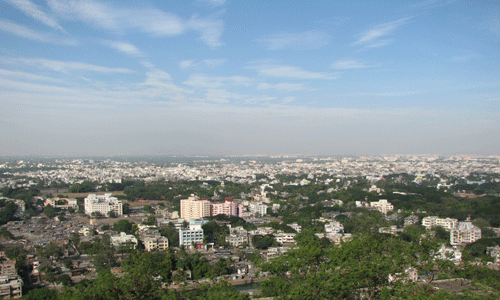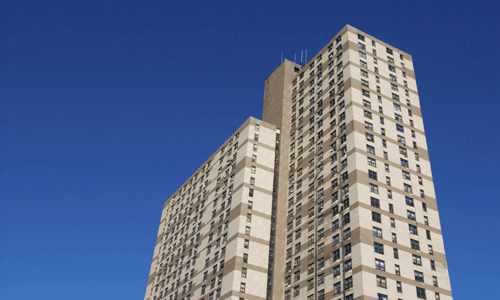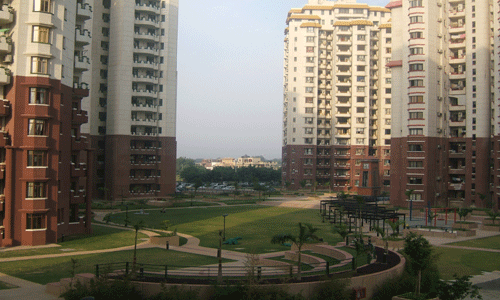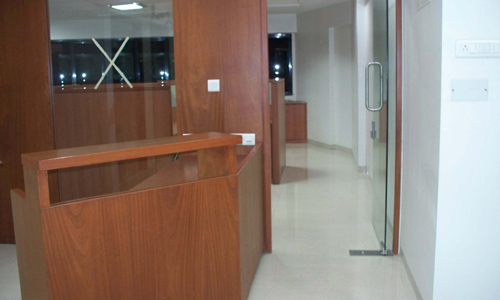Main header for reports section

By: Sameer Gholve, Manager – Capital Markets, Jones Lang LaSalle…
Main header for reports section

By: Sameer Gholve, Manager – Capital Markets, Jones Lang LaSalle…

The Financial Stability Board (FSB) published the FSB Principles for Sound Residential Mortgage Underwriting Practices that aim to provide a framework for different countries to set minimum acceptable loan underwriting standards so as to limit the risks that mortgage markets pose to financial stability and to better safeguard borrowers and investors.

The demand fundamentals of the India story are now focused around all cities that have sufficient economic activity, be it industrial, service sector-driven or incentive-driven programs by the State Government. In Gujarat, which has seen considerable industrial progress, the key cities of Ahmedabad, Surat and Vadodara come readily to mind.

India’s growth story has many facets; one of the integral parts of growth – and arguably the most important one – is urbanization. In fast-growing economies, cities are significant investment and employment generators, which in turn carry the growth momentum forward. The sustainability and livability of any city depends largely on the quality of its infrastructure and real estate stocks. Needless to say, cities also require large sums of money to create urban asset stocks, including buildings and infrastructure.

All areas of Mumbai and Navi Mumbai witnessed an appreciation in rental values when we compare rentals of a 3BHK residential apartment in Q1-12( Jan- Feb- Mar 2011) over Q1-11(Jan-Feb-Mar 2010), says a study by realty portal 99 acres.com. Mumbai as such has always been in the forefront when it comes to rental values of properties. It has in the recent years witnessed a record rise in rental values which is at par with some of the highest real estate rental rates in the world.

ITES and BFSI continue to be primary demand drivers of office space in India in 2012, says DTZ Occupier Perspective: India Office Demand and Trends Survey 2011. It says Delhi NCR and Bengaluru preferred by IT/ITES while Mumbai is BFSI’s favourite. Tier II cities of Bhubaneswar, Chandigarh and Jaipur preferred by IT/ITES; Ahmedabad by BFSI’s favourite; Gurgaon is the preferred micro market in Delhi NCR.

By allowing external commercial borrowings (ECBs) in the low-cost housing segment, the supply of affordable housing projects will increase in the outskirts of Mumbai in areas such as Karjat, Boisar, Nalasopara, Virar, Dombivili etc. on the heels of increased liquidity for budget home projects.

Over the last one year, capital values rose by more than 30-35% in Gurgaon’s residential sector. Developers are now going slow on execution of real estate projects, resulting in a drop in supply of residential apartments in most prime markets. Emerging residential areas are still not able to meet the huge housing demand.

Cumulative take-up across India‟s seven largest cities increased by a modest 8% year-on-year (y-o-y) in 2011.

According to the 2011 census, the Mumbai Metropolitan Region has over 23.5 million people. To house this population on the ground floor, assuming a household size of 4 and dwelling units of 900 sq ft per family which are laid wall to wall, we would need 121,384 acres of contiguous land.